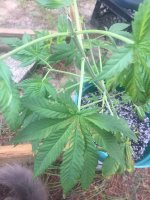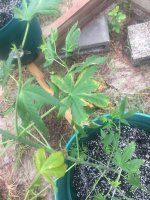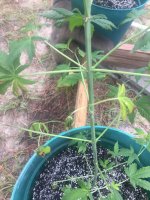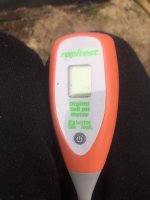Zayah
Well-Known Member
OK so something I’m confused about is when I water my plants with a pH balance of 6.5 does that make the soil a pH balance of 6.5 as long as it runs runs out the bottom enough ? I’m needing to lower the ph of my soil but confused on how it works. I read about lemon juice 1/4tbs per gal, water it and I guess it lowers the ph ? How exactly does that work?






